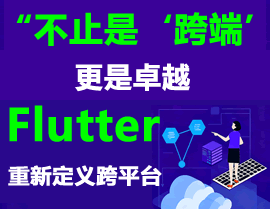在 UniApp 中实现后台保活(保持应用在后台持续运行)通常依赖于原生平台的能力,因为 UniApp 本身基于前端技术,无法直接控制操作系统级别的后台行为。以下是针对 Android 和 iOS 平台的实现方法和注意事项:
1. Android 平台实现方法
Android 系统对后台活动限制严格(尤其从 Android 8.0 开始),但可通过以下方式尝试保活:
- 前台服务:启动一个前台服务(需显示通知),使应用在后台持续运行。
- 示例代码(需在原生 Android 模块中实现,通过 UniApp 的原生插件机制调用):
// 在 Android 原生代码中创建前台服务
public class KeepAliveService extends Service {
@Override
public int onStartCommand(Intent intent, int flags, int startId) {
// 创建通知渠道(Android 8.0+ 必需)
NotificationChannel channel = new NotificationChannel("keep_alive", "Background Service", NotificationManager.IMPORTANCE_LOW);
getSystemService(NotificationManager.class).createNotificationChannel(channel);
// 构建通知
Notification notification = new Notification.Builder(this, "keep_alive")
.setContentTitle("App 正在运行")
.setContentText("保活服务中...")
.setSmallIcon(R.drawable.icon)
.build();
// 启动前台服务
startForeground(1, notification);
return START_STICKY;
}
}
- 在 UniApp 中通过原生插件调用该服务(需自行开发插件或使用现有插件)。
- 后台任务与定时器:结合
uni.setInterval 执行轻量任务(如心跳请求),但可能被系统限制。
- 白名单策略:引导用户手动将应用加入电池优化白名单(需跳转系统设置)。
2. iOS 平台实现方法
iOS 系统对后台权限限制更严格,普通应用无法无限保活。合法途径包括:
3. 注意事项
- 系统限制:过度保活可能被系统终止或视为恶意行为,导致应用被限制或下架。
- 功耗与用户体验:保活可能增加电池消耗,需谨慎使用并告知用户。
- 实际需求:优先考虑云推送(如 UniPush)替代实时保活,减少本地资源占用。
总结
UniApp 的后台保活需依赖原生开发或平台特定 API,建议根据实际场景选择合法方案,并测试不同系统版本的兼容性。若无需严格实时性,推荐采用推送服务实现消息触达。







